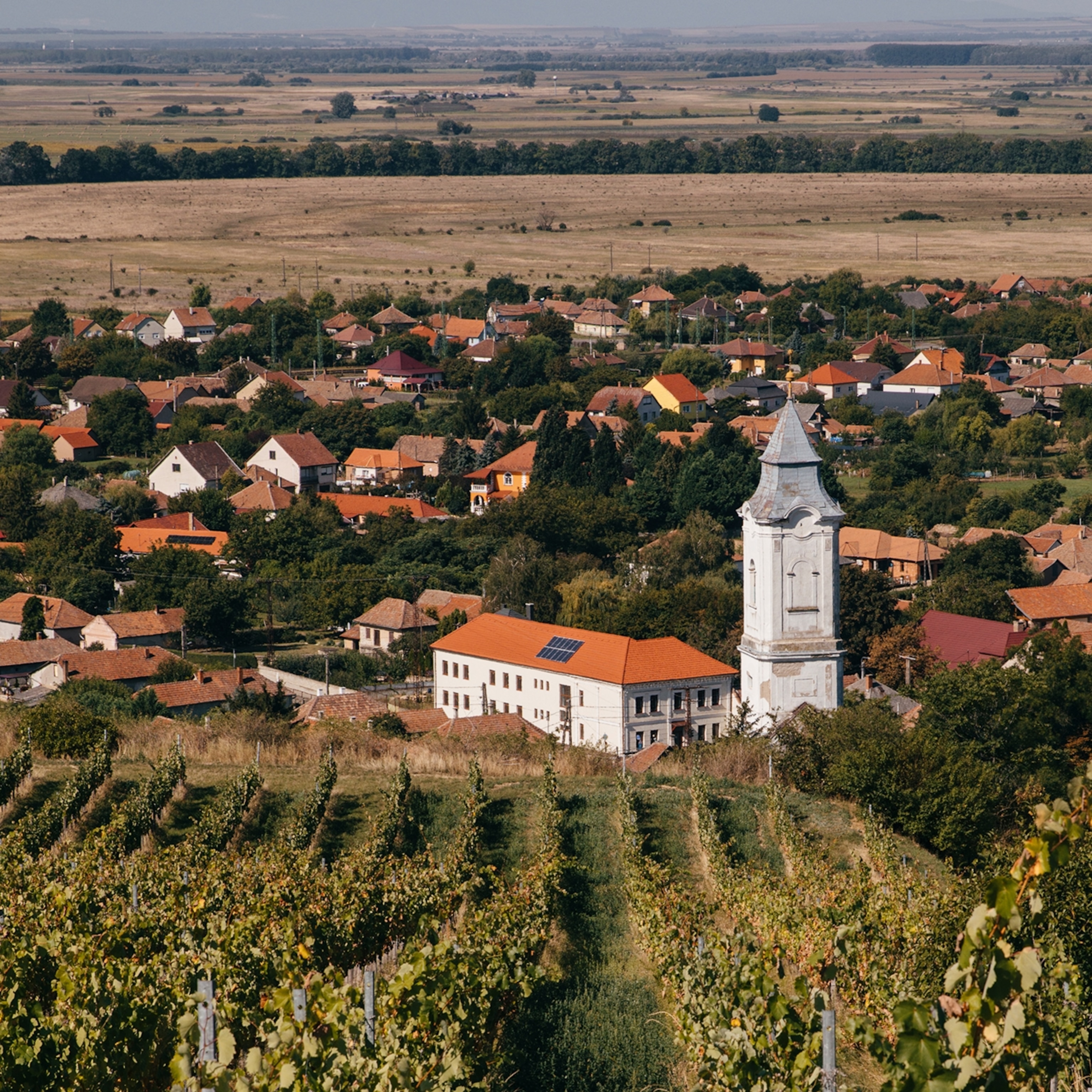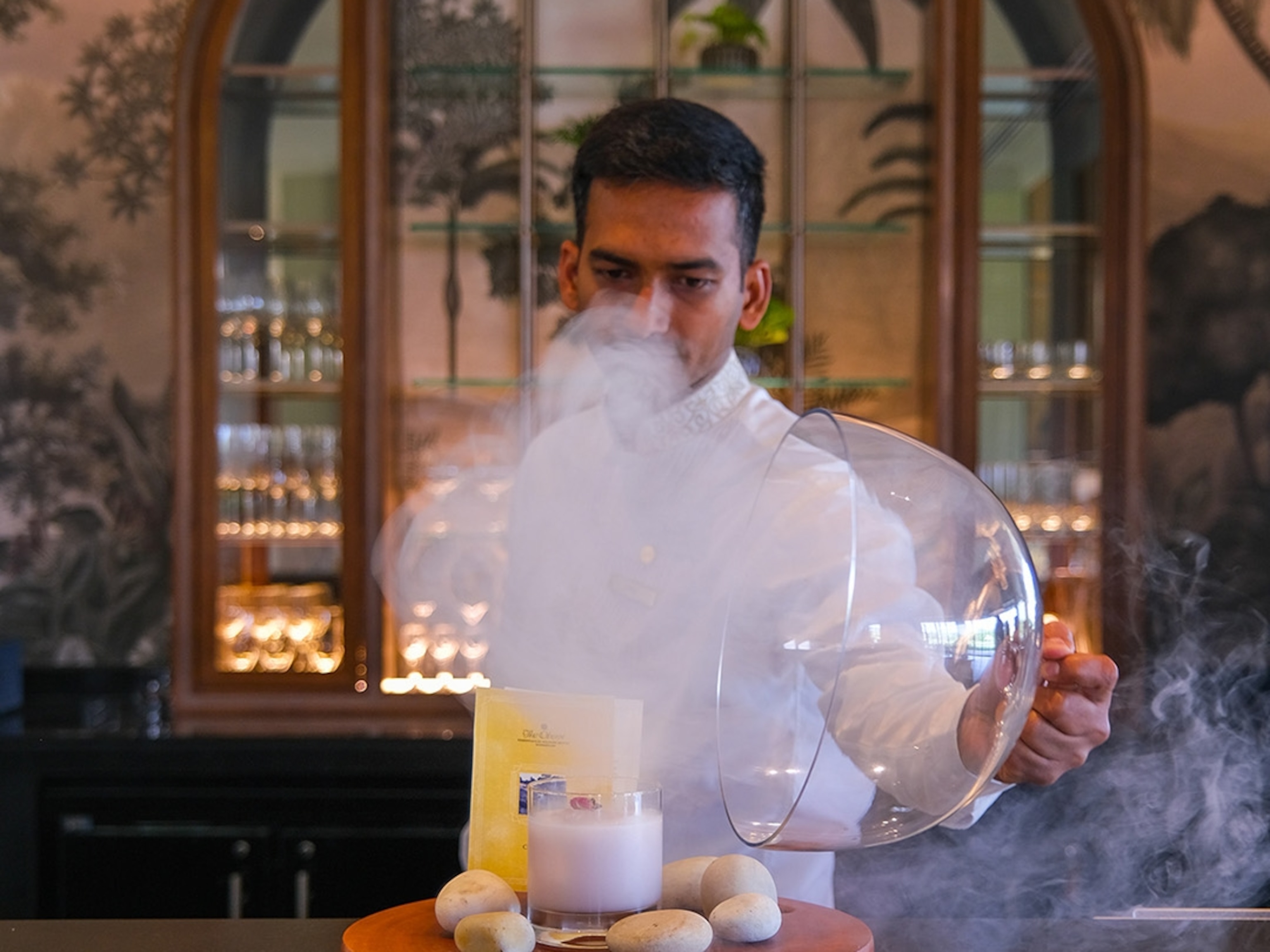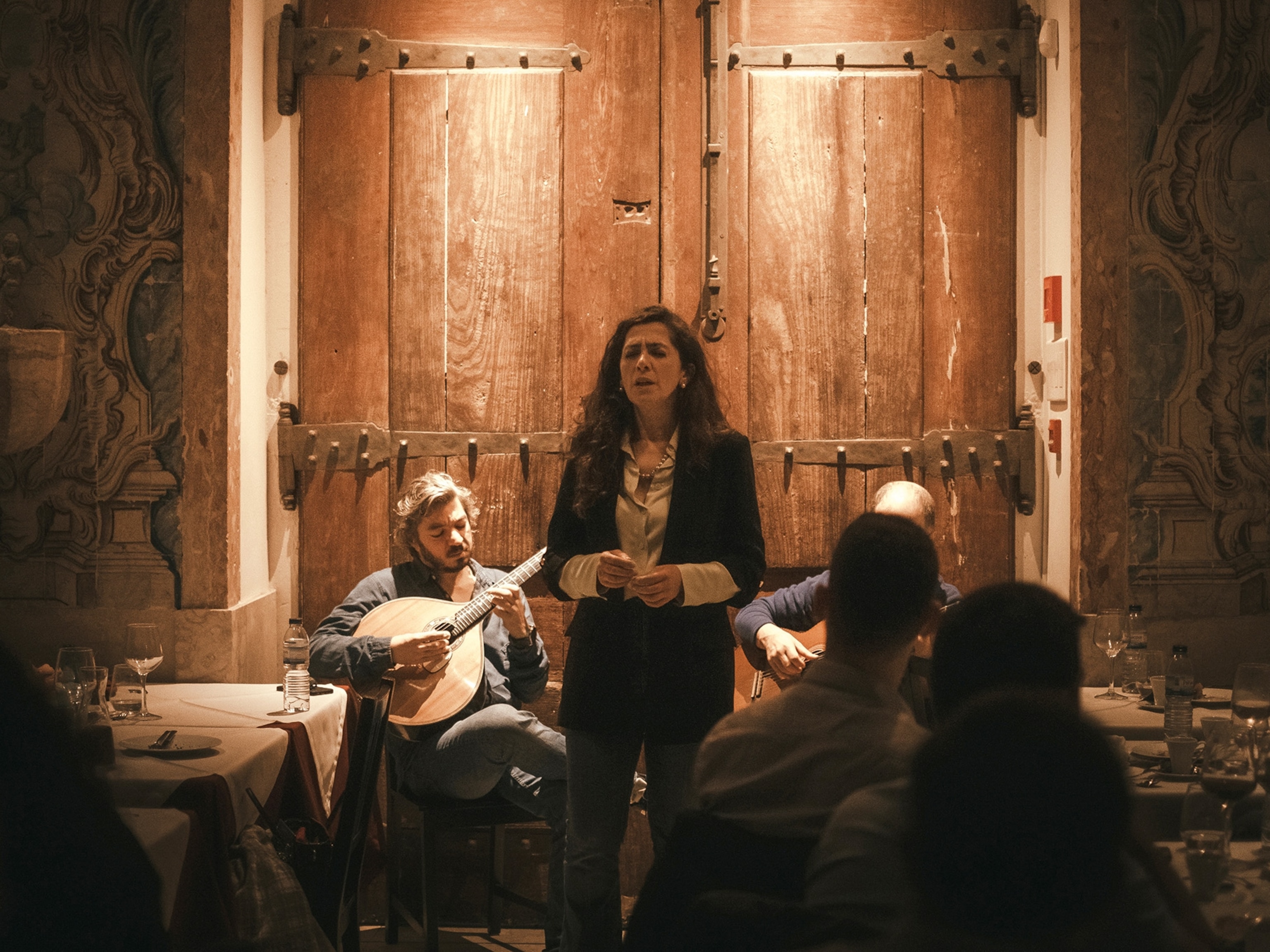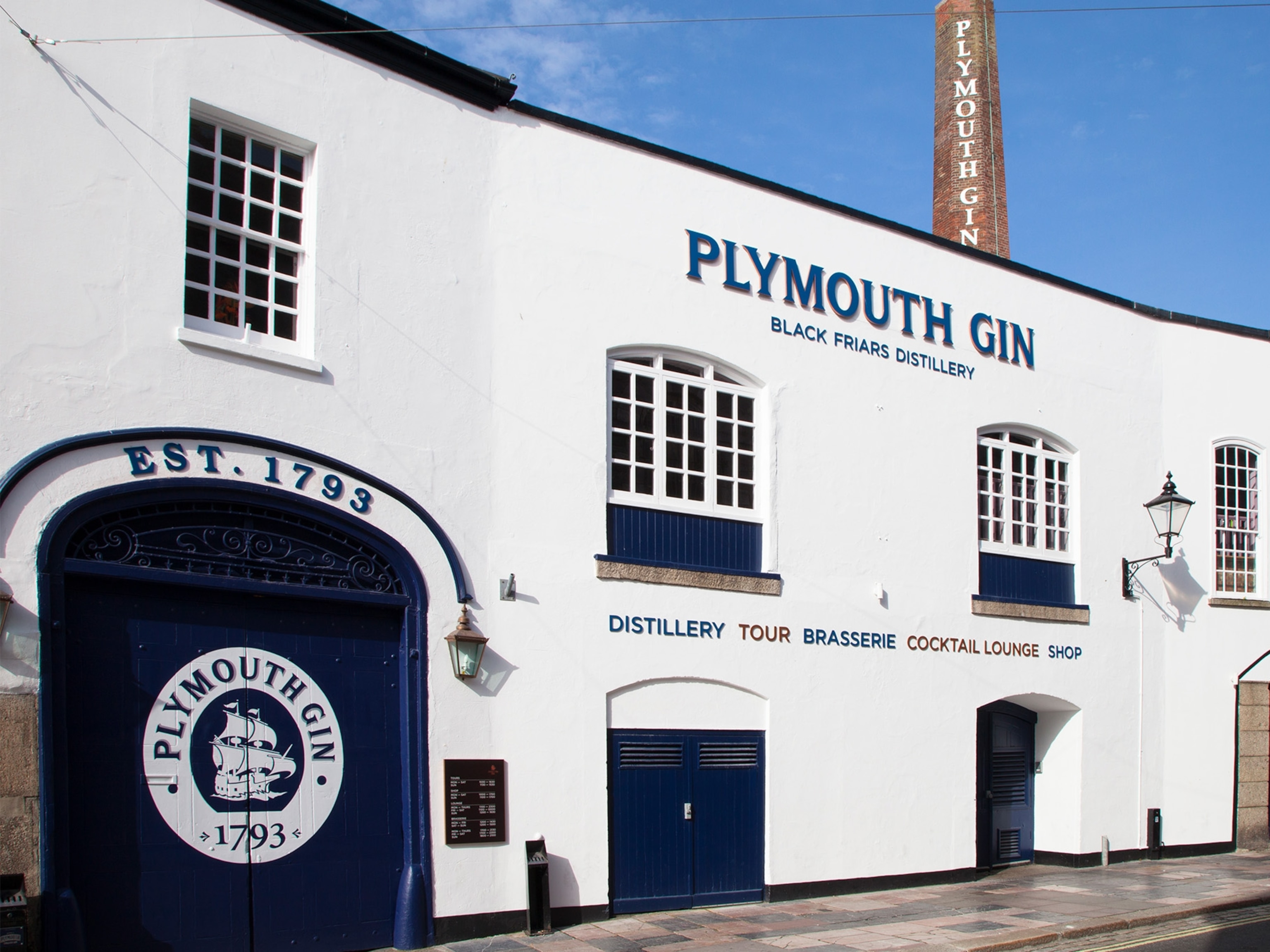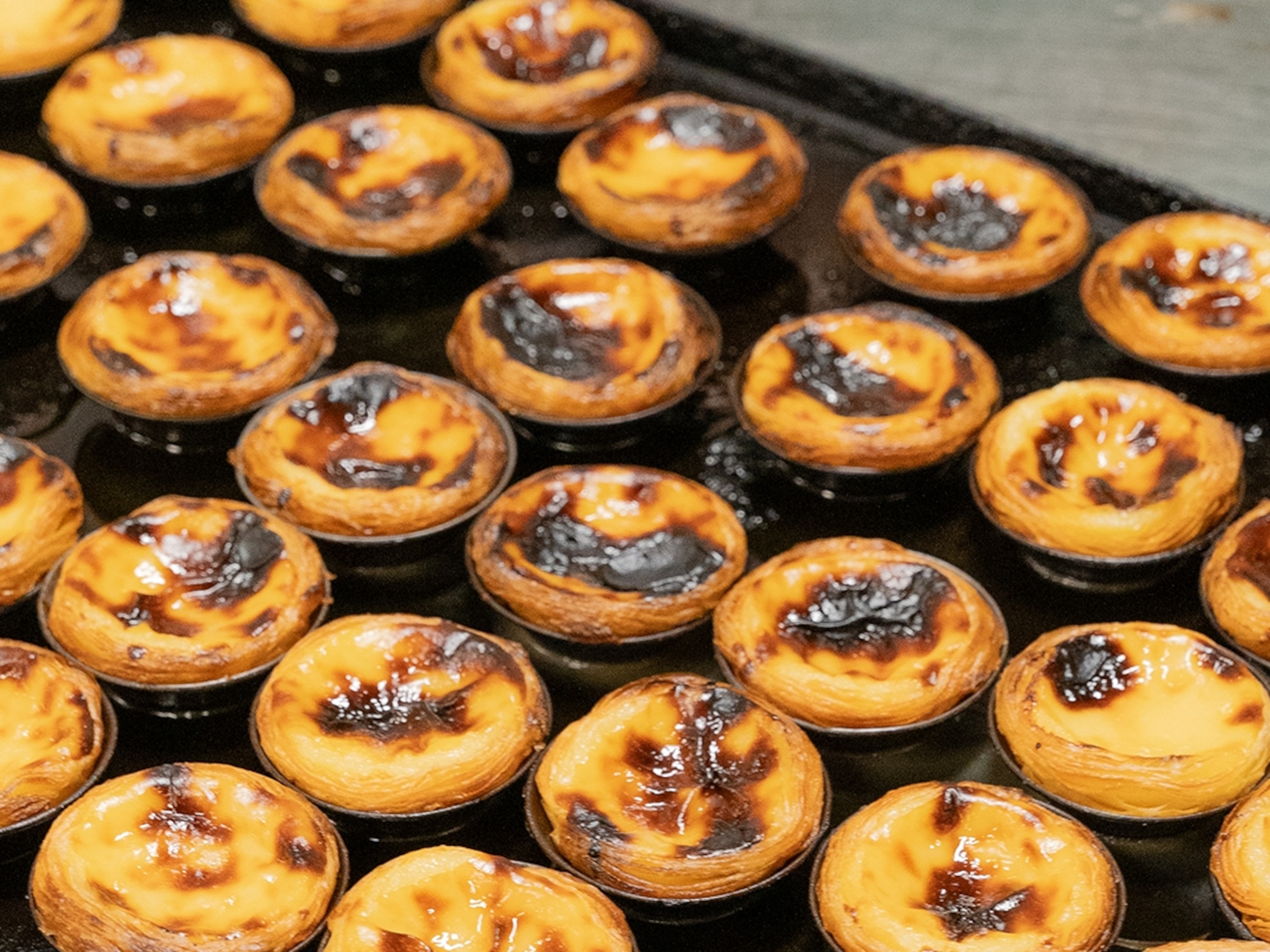
Sandy vines and subtle wines in Lisbon's underrated wine region
From the sandy vines of Colares to the ‘sweet spot’ of Alenquer, Lisbon's underrated wine region is producing reds and whites as complex and singular as the local landscape.
Descend into Lisbon and what do you see? The bright, briny Atlantic shimmering in the west. The Tagus River, snaking from its mountain source in the east. And the city itself; fleet, monumental, a luminous marvel of fossiliferous limestone, bathed in long summer days, blessed by cool, spry nights. On spring mornings, mist rolls up the river, shrouding the 25th April Bridge, so that cars making the crossing seem to be drifting through the sky.
These things bring beauty to the city and they bring life to the land beyond, to the fertile, undulating Jurassic earth, stretching north between the ocean and the river — a region once named Estremadura, but more recently rechristened the Lisboa Vinho Regional (Lisbon Wine Region).
When I first moved to the city, I had no idea the surrounding area even produced wine. Portugal is the land of Douro, Vinho Verde, Tejo and Alentejo; it’s a country with over 250 native grape varieties, 13 wine regions and 31 sub-regions of quality, or DOCs (Controlled Designation of Origin). So I suppose, like many before me, I naturally gravitated towards more familiar names.
But then I encountered the 2014 Confidencial Reserva. It was bold and fruity, like so many Alentejo reds, but with a balancing restraint, with pleasant acidity and another quality that I couldn’t place, but which I now know is a hallmark of Lisboa: minerality.
With my mind open, I wanted to know more, so I took the advice of the sommelier at my neighbourhood wine shop: that whites fared better near the ocean, and reds better inland, and that the best place to start for both is Colares.
Francisco Figueiredo cuts an unassuming figure as he shows me around the barrel hall of the Adega Regional de Colares. If you saw him in a local restaurant you might mistake him for a country doctor or a priest, rather than a heroic winemaker. Along with a handful of farmers, he’s led the noble fight against the extinction of one of the planet’s smallest and most distinct DOCs (Colares produces a mere 12,000 bottles a year).
Colares — its vineyards skirting the Atlantic coast below the otherworldly hills of the resort town of Sintra — is famous for two grapes, the white malvasia de Colares and the highly tannic ramisco red.
It's also known for the sandy soil in which these wines must be grown to be truly labelled DOC. The vineyards, sometimes only a hundred metres or so from the ocean, look like nothing else you’ve seen. Vines snake untrained along the sand, sharing space with low-spreading apple and pear trees, and the stone walls and wooden screens that help to protect the grapes from the harsh winds blowing off the sea.
Some of the vines are over 120 years old. Thanks to the sandy soil protecting their roots, they were able to survive the phylloxera aphid infestation that devastated European vineyards in the 19th century.
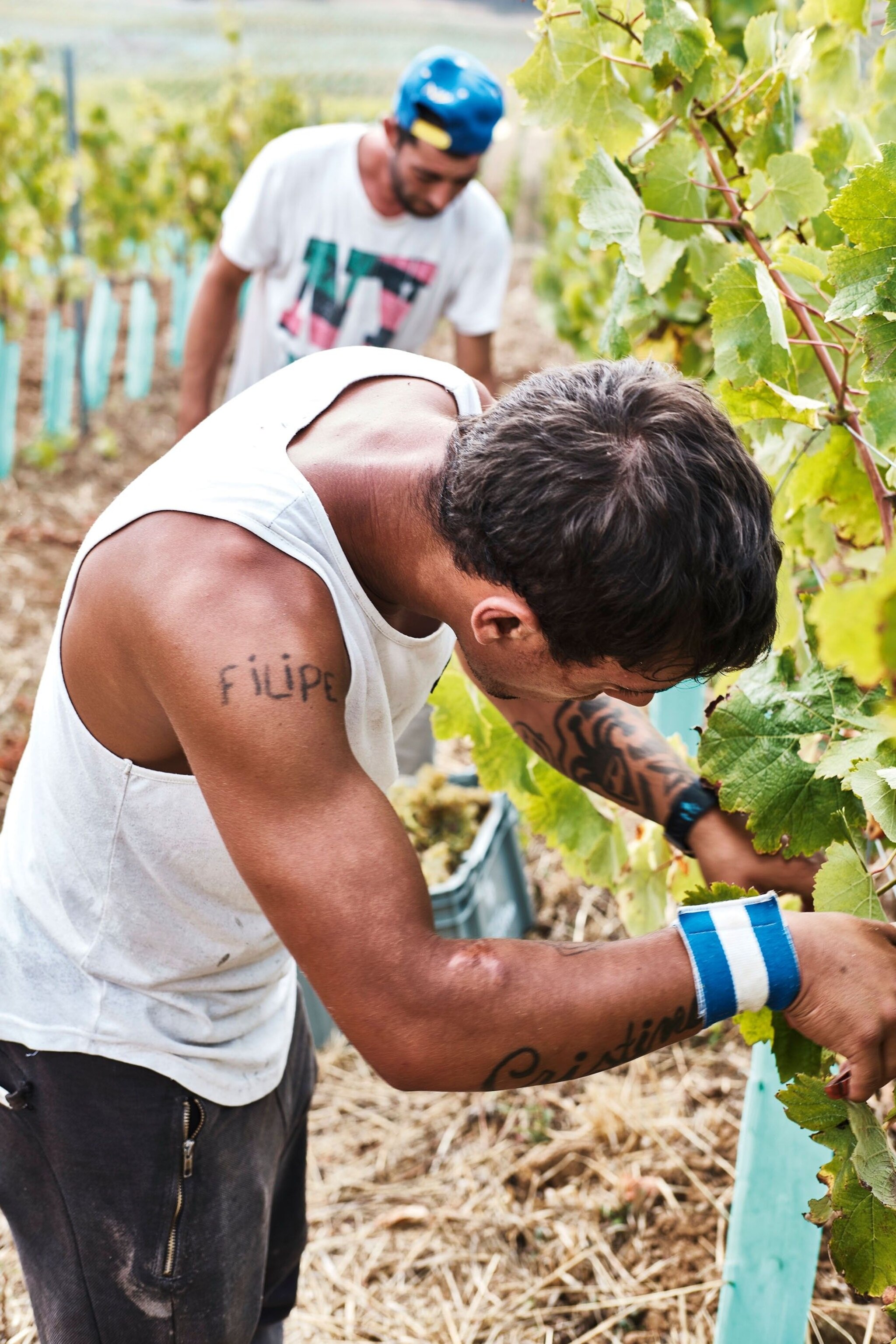
This terroir is the perfect storm of romantic strangeness — a sadomasochistic push-pull of punishment and need. Take the ramisco: its thick, tannic skin, its hardiness and its resistance to rot are the reasons it can survive in the strong, salty winds. The winds, in turn, bestow high acidity upon the wine, while for the malvasia, it bestows salinity.
And the sand is the final piece of the puzzle, offering good drainage in the winter, and later reflecting the summer sun, providing the ripening radiation these slow-maturing grapes need.
Back in the cellar hall, Francisco opens a white, a 2017 arenæ malvasia, sniffing the cork and smiling as though he’s just bumped into an old friend. It’s extraordinary — iodine, vegetal and herbaceous on the nose, with hints of beeswax among the citrus notes, a pleasantly medicinal tang and a salinity that lingers, coating the mouth, making you salivate, making you crave oysters.
He follows this with the 2011 arenæ ramisco — an astonishingly supple red, with the delicate body of a Burgundy, the cherry and liquorice fruit of a fine Left Bank Bordeaux, and Barolo-esque tannins that, even after nine years, are quite crazy. It’s often said the ramisco needs at least a decade to shed its tannins before its true character can emerge. “For me, it’s still young,” Francisco confirms.
Renewal and return
You might reasonably ask why Lisboa wines are so little known in the capital. Why aren’t wine menus overflowing with them? It takes some time to untangle, but what it boils down to is this: during the controlled economy years of the Salazar dictatorship (1932-68), the state designated Lisboa as Portugal’s wine producing land. Myriad co-ops knocked out bulk quantities of low-quality plonk, most of which was shipped off to the Portuguese colonies. Quality was not the chief concern.
After the revolution of 1974, things changed. The neighbouring Alentejo region, which had been the grain belt of Portugal, stepped up big time; landowning families, whose tracts were so vast they contained whole villages, turned to wine. Unable to shed its historical stigma, and struggling to compete with Alentejo, Lisboa was left behind.
But now, there are stories of renewal and return, of a focus on quality over quantity, of organic vineyards, hand-picked grapes. Colares is coming back from the brink; Alenquer, a region further north, is rising to great prominence; and the ancient region of Bucelas — home of the arinto, a highly acidic white mentioned in Shakespeare’s Henry VI Part II — is finding its feet again. In short, Lisboa is bouncing back.
Over at Quinta da Murta in Bucelas, owner Franck Bodin and winemaker Hugo Mendes show me around their gorgeously veiled hillside estate, talking over one another as they go. It’s only 12.5 miles from Lisbon, but you’d never know it — the southeast-facing parcels are interspersed with pine, citrus and fig trees.
“The most special thing in Bucelas is terroir,” Hugo says. “You’re protected from two extremes — the heat and the ocean — you have the sun, but you have cool winds in the night that refresh all the grapes.” The morning sun presses down hard, baking the limestone and marl in which the vine’s deep roots take hold. “It’s a poor soil with low yield, but that’s better for us,” Hugo continues. “We only make four to six tonnes a year, but the quality is concentrated.”
The arinto grape, Frank tells me, is “crispy, mineral, complex, but the aroma is tropical”. “There’s some saltiness,” Hugo interjects, “and with time, like a riesling, a note of kerosene.”
The arinto’s acidity keeps things fresh, but also means the wine can benefit from ageing. Often, Hugo laments, producers under financial constraints release their wines early, but this is a mistake, as it’s only after four years that the Arinto begins to produce a distinct flavour. “And that’s what we look for — the unique flavour of Bucelas,” he explains. “In the past, there might have been an idea of a perfect wine. Now there’s a greater understanding of a perfect wine in a particular place.”
But how does one find that match — the perfect pairing of wine and place? In the case of Quinta do Monte d’Oiro in Alenquer, quite by accident. It all started when Lisbon-based metal trader José Manuel Bento dos Santos learned of an estate for sale close to his grandmother’s place of birth. For a long time, the land had lain virtually dormant. It wasn’t until a research team studied the soil — determining it to be similar to that of the northern Rhône Valley — that the idea for starting a vineyard took hold. And, in keeping with the terroir, the family planted syrah and viognier grapes.
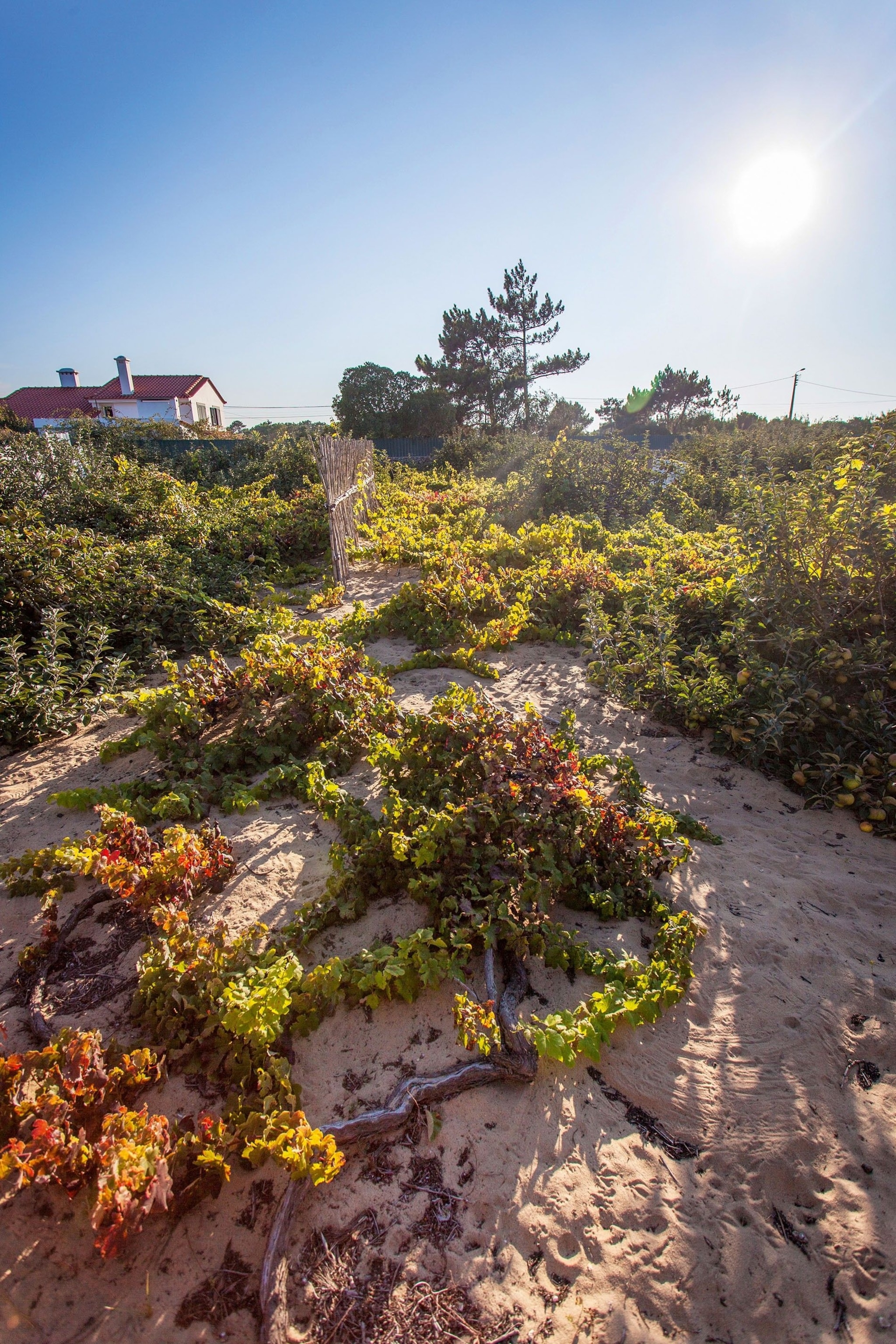
Thirty years later, José’s son Francisco, the winery manager, tells me how this “privileged terroir” is today producing some of Portugal’s most celebrated wines, and arguably the finest manifestations of syrah found anywhere in the Iberian Peninsula. It’s a reputation that has seen them working closely with Lisbon super-chef José Avillez and getting their wines on the tasting menu of São Paulo’s celebrated restaurant D.O.M. As Francisco puts it, “These wines are not balcony wines; these wines are gastronomic.”
A few miles away, also in the region of Alenquer, is Quinta de Chocapalha — a family estate with a hands-on approach. On the first day of harvest, three generations of the Tavares da Silva family are hard at work in the fields. Paulo, a retired navy officer, is a man obsessed. Sweat drips from his nose as he doggedly clips from the vines. He loves his vineyards like his children. “More than his children!” his daughters Andrea and Sandra laugh. Sandra is Quinta de Chocapalha’s winemaker — a conjurer of first-class wines who grew up with her hands covered in dirt. Andrea is involved in the management of the estate, while Paulo’s elegant, gregarious wife, Alice, handles wine tourism.
Lisboa winemakers consider Alenquer a ‘sweet spot’ between the ocean and the low- lying inland plains, privy to a constant breeze from the Atlantic, but protected from harsher climates by the Montejunto massif, which dominates the horizon, snagging clouds in the evening light. Both red and whites flourish here, achieving a fine and lauded balance, but while Quinta do Monte d’Oiro hones in on syrah, Quinta de Chocapalha specialises in grapes native to Portugal: touriga nacional, tinta franca, tinta roriz, castelão and arinto.
But where does Sandra’s heart lie? Red or white? I ask this question during a break in picking, as we sit for lunch in their tasting room, devouring bacalhau com natas — baked salted codfish in cream — with glasses of their 100% arinto. “White,” she says with conviction. “With reds you can always hide, but whites are pure and transparent. They truly reflect the soil.”

Perfect pairings
“These wines are gastronomic,” Francisco Bento dos Santos had told me, during a tasting back at Quinta do Monte d’Oiro. I hear comments this a lot as I make my way around the Lisboa Vinho Regional. I learn how the 1969 ramisco wouldn’t be complete without cabrito (goat) or vitela assada (roasted veal). How the bucelas arinto not only pairs with bacalhau (dried and salted cod), but also asparagus, eggs and Thai curries. It’s all to do with the minerality, the salinity, the acidity and the complexity.
“Our wines are gastronomic,” António Figueiredo tells me. “They’re asking for food.” António is chief winemaker at the beautiful hillside estate of Casal Sta Maria. High above the sandy soils of Colares, the estate has vines rooted in clay. Because of this, the majority of their wines can’t be labelled Colares DOC — a fact that doesn’t seem to bother António. “This way we protect our heritage,” he says.
António is a passionate advocate of the estate’s diverse range of wines, balancing native and foreign grapes. They blend “altitude and ocean,” he tells me, and highlight “how international grapes can adapt to the climate here”. But it’s when António talks about food pairing that he really comes into his own. Casal Sta Maria’s Bruma — a blend of chardonnay, malvasia and riesling, named after the humid ocean mist that’s such a facet of these wines — goes with “all the grilled fish you can imagine”, he explains. Its “super rich” sauvignon blanc, he says, has green pepper, asparagus and cucumber notes, making it perfect for ceviches and smoked salmon.
His enthusiasm is infectious. A menu builds: Casal Sta Maria chardonnay with local cheese, its merlot with wild boar, the ramisco with a dark-chocolate dessert. But it’s the starter that hooks me — a combination I’ve been dreaming of: the mineral, saline purity of malvasia de Colares with a plate of percebes (gooseneck barnacles, a delicacy from the ice-cold Atlantic coast), a heavenly mouthful of pure ocean that explodes on your taste buds just like waves smashing onto the rocks.
I want it more than anything. As he talks, I want to drive straight to the town of Cascais, take a table on the water at Restaurant Mar do Inferno, and taste it myself — this one-two punch of terroir, a pure distillation of Lisboa.
So that’s what I do. And on the way, I think about what António said — how these wines are asking for food — and I realise something in me has changed. I’m no longer wondering which wine to have with my food. I’m thinking about the land, and the meal that might elevate the alchemy in the glass under my nose.
The best places for Lisboa wine in Lisbon
1. Belcanto
Chef José Avillez’s two-Michelin-star Belcanto is one of the world’s finest restaurants. Its wine list is extensive and 80% Portuguese, with a solid representation from the Lisboa region.
2. Noah Beach House
Noah, on Santa Cruz Beach — a surfer’s paradise in the town of Torres Vedras — is fun and friendly. Its food nails the flavours of the sea, and has the region’s wines to back them up.
3. Garrafeira Nacional
This expertly staffed family-owned shop in the heart of Lisbon stocks all the wines you'd need from the Lisboa region.
4. Alma
Asian accented, with a Portuguese soul, two-Michelin-star Alma is modern fine-dining miracle. The wine list and pairing knowledge shines through.
5. Pesca
Modern, minimalist and with an environmentally sustainable approach, this exceptional seafood restaurant also stocks a wide selection of regional wines.
Essentials
Getting there
British Airways, Tap Air Portugal, EasyJet and Ryanair fly to Lisbon from various UK airports including Heathrow, Gatwick, Bristol and Manchester.
Where to stay
An hour’s drive from Lisbon airport in the Torres Vedras region, Areais do Seixo is a boutique hotel with a top restaurant. Doubles from £297.
Places mentioned
Quinta de Chocapalha
Quinta da Murta
Adega Regional de Colares
Quinta do Monte d’Oiro
Casal Sta Maria
How to do it
It’s worth hiring a car to explore Lisboa’s coastline, vineyards and villages. Give yourself a day or two in Sintra and Colares, and two more for Bucelas, Alenquer and Torres Vedras. Most vineyards offer tastings and tours — Casal Sta Maria’s stands out — although it’s best to book well in advance. Exquisite seafood can be found along the coast, from Cascais all the way up to Peniche, while inland towns and villages are great for hearty, rustic meals.
Published in the Jan/Feb 2020 issue of National Geographic Traveller Food
Follow us on social media
Twitter | Facebook | Instagram
